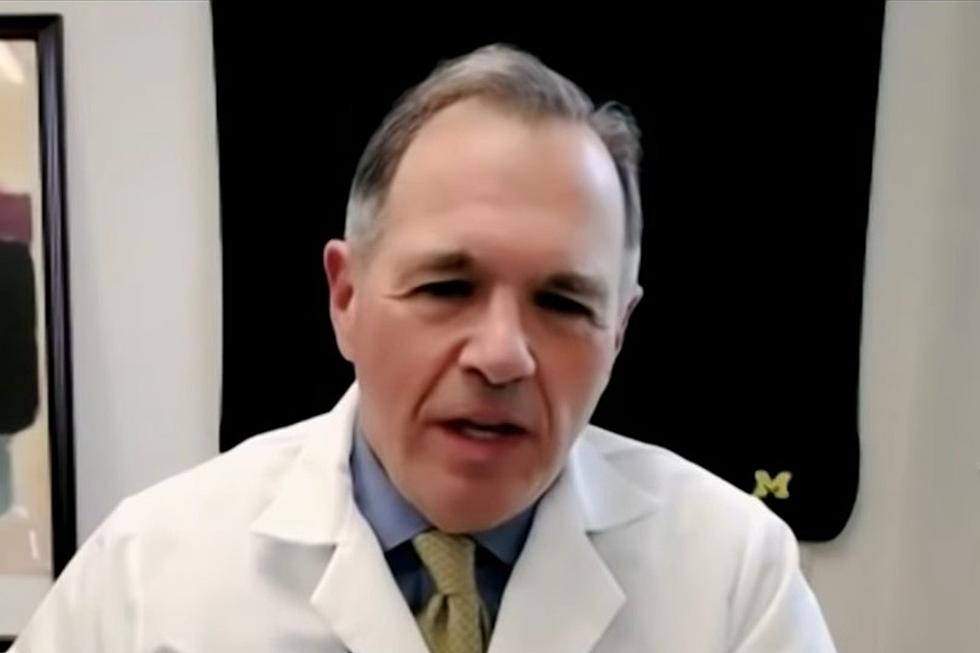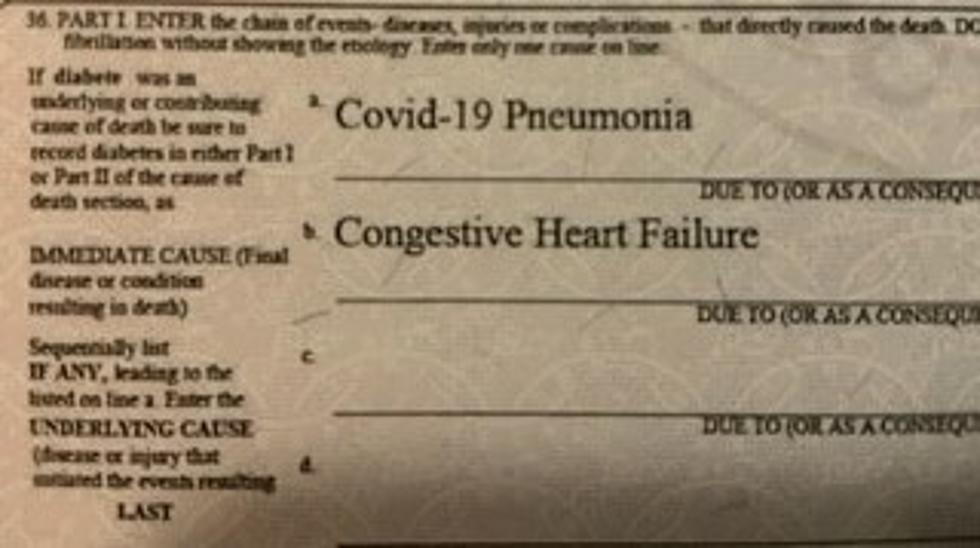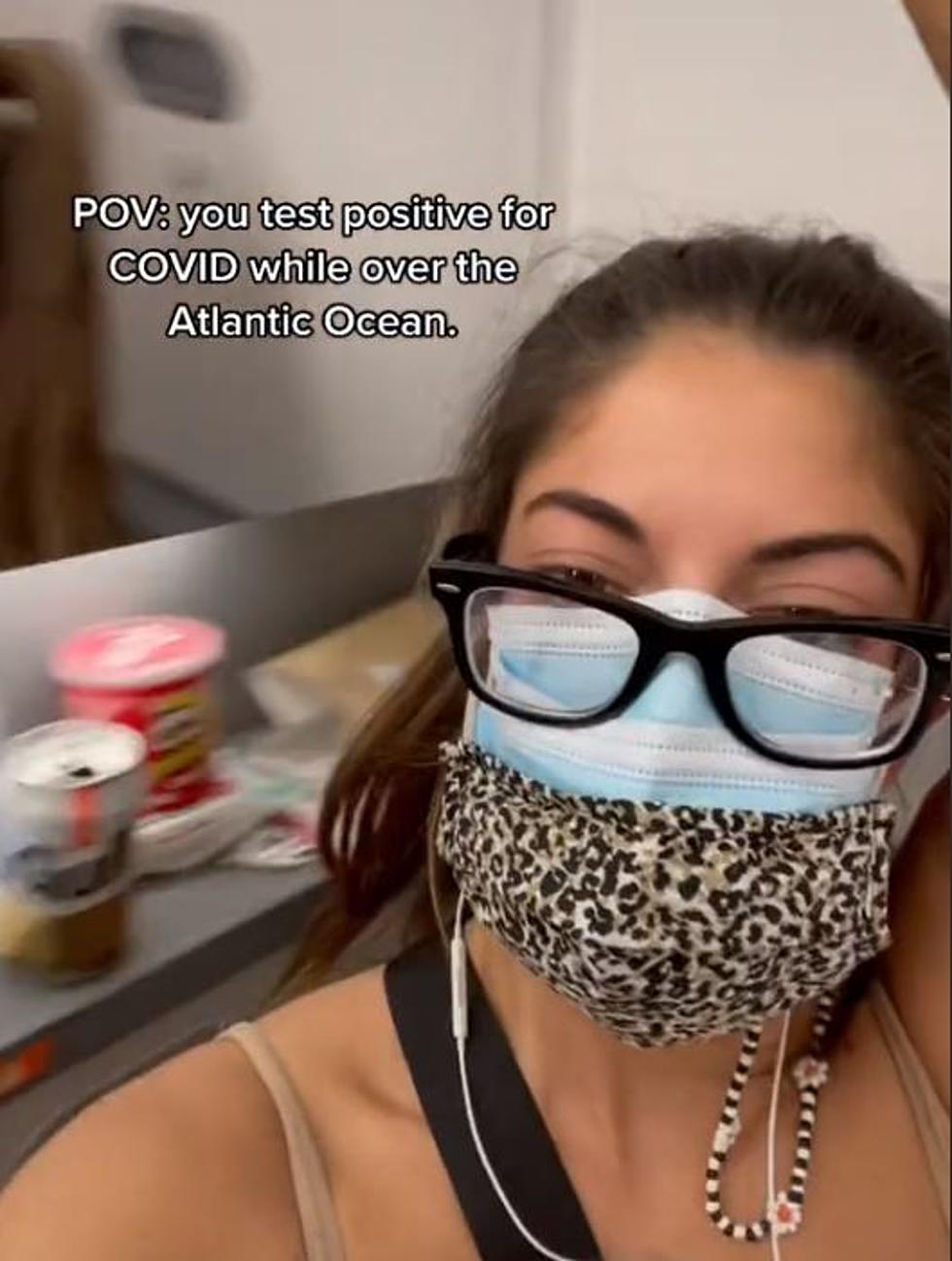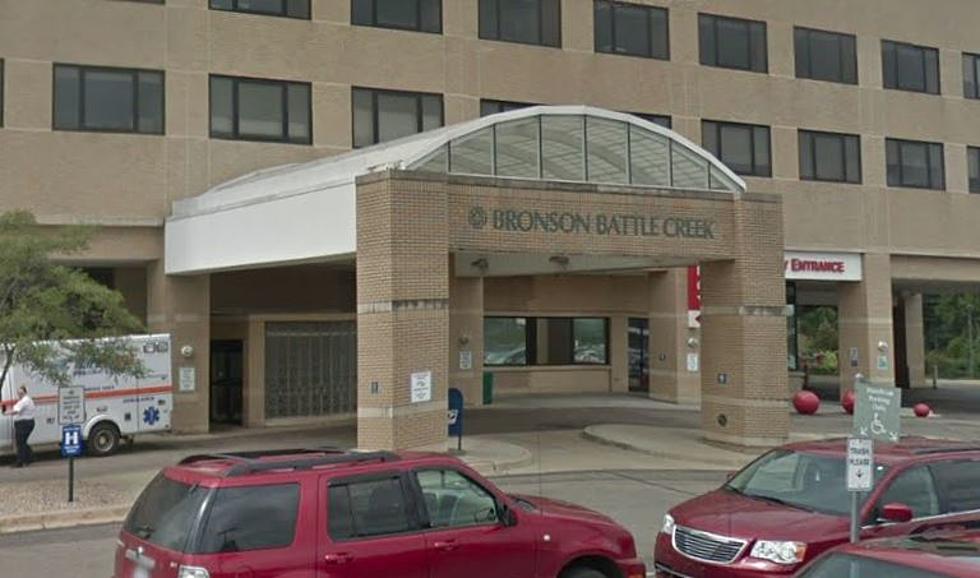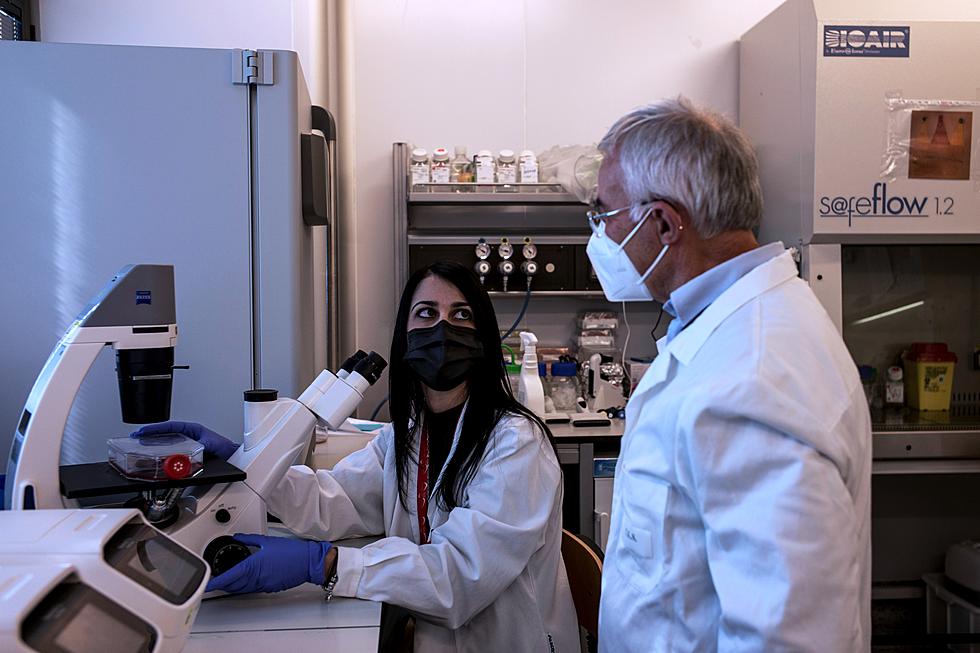
A COVID-19 Treatment That Might Save Your Life
Of all the luck, I worried with the rest of us for a year, finally got my first shot, and then tested positive for COVID-19 a week later. It was March 24th. I felt that thing in my chest, sort of like bronchitis, and went to be tested right away. The physician’s assistant came back into the exam room dressed in a hazmat suit and said, “Oh, yeah. You’re positive. There’s no doubt you have COVID-19.”
My first thought was that I could beat this. Then I thought about those few people who just get worse and worse and end up on a ventilator for weeks, and sometimes die. Before he hurriedly scurried away from me, the PA said that there was a treatment available and that they recommend it for people of my age and weight with my medical risk factors. I was skeptical, so I called my friend, who is in the medical field and who I know had beaten the virus.
“What do you know about this BAM Infusion Therapy or monoclonal antibodies?” I asked. He said, “I know you want it and get it as soon as possible.” He hooked me up with Dr. William Fales, who is the state medical director for the Michigan Department of Health and Human Services Division of EMA and Trauma, and also a professor of emergency medicine at the WMU Homer Stryker M.D. School of Medicine. He told me exactly what to do, and my doctor concurred and sent the order to Capital Infectious Disease Associates in Battle Creek, a private infusion clinic. Two days after testing positive, I had the treatment. I’m glad I did. I’ll never know for sure, but it might have saved my life. At the very least, I’ve had a quick recovery and I’m back to work and talked with Dr. Fales on the WBCK Morning Show.
What is BAM Infusion or Monoclonal Antibodies Therapy?
Monoclonal antibodies are laboratory-produced proteins that act like guided missiles that target different parts of the virus. They bond with the coronavirus and prevent it from bonding with human cells. There are currently three different authorized products. None have the usual FDA approval but have been green-lighted for emergency use since November of 2020.
Who is NOT a good candidate for the therapy?
Dr. Fales said the treatment is not for healthy, young people, and it is not for people who are already hospitalized with COVID-19. You have to be within 10 days of the onset of the symptoms.
Who IS a candidate for the therapy?
- You have to have at least one risk factor. So who qualifies?
- Anyone over age 65 automatically qualifies.
- Anyone between 55 and 65 that has high blood pressure, any heart ailment, or any kind of respiratory problems like asthma or COPD, qualify.
- Any adult patient who is a diabetic qualifies.
- Any adult with chronic kidney disease or who is on dialysis qualifies
- Anyone who has an immune-suppressive condition, such as an organ transplant qualifies.
- People on chronic steroids qualify.
- People with auto-immune diseases or receiving immunosuppressant therapy, like chemotherapy qualify.
- Obesity, having a body mass index above 35, is also a qualifying factor.
What do you need to do to get the therapy?
Once you’ve tested positive, ask your doctor for a referral to a clinic that performs the therapy. Then call to schedule an appointment.
What can you expect at the therapy clinic?
Once you arrive and check in, they’ll bring you into an exam room, and start an IV with the monoclonal antibodies. It takes 20 to 30 minutes. After the infusion, they’ll have you stay and relax under observation in the exam room for another 40-60 minutes. I was completely comfortable the entire time and had no side effects afterward.
What have we learned about the effectiveness of the therapy?
Dr. Fales said that people with risk factors who have received it have a 70 percent better chance of survival.
Does the therapy interfere with COVID-19 vaccinations?
Once a person has had the monoclonal antibody therapy, they need to wait 90 days before having a COVID-19 vaccination. Dr. Fales said patients should be pretty well protected during that time, from the therapy and also the antibodies generated by the body as a result of having the virus.
Maybe I’m one of those people who can naturally fight off the virus, or maybe not. I’m glad I didn’t take the risk. Dr. Fales said that many patients with risk factors who don’t have the therapy can make it to day 10 or 12, and then take a dramatic turn for the worse. My experience was that my lungs and throat were back to normal the day after the treatment. I had severe muscle cramps and pains for a few more days and never had a temperature. Other than being fatigued, I’m feeling pretty good.

40 Michigan Towns With Names Even Life-Long Michiganders Can't Pronounce
More From WKMI


